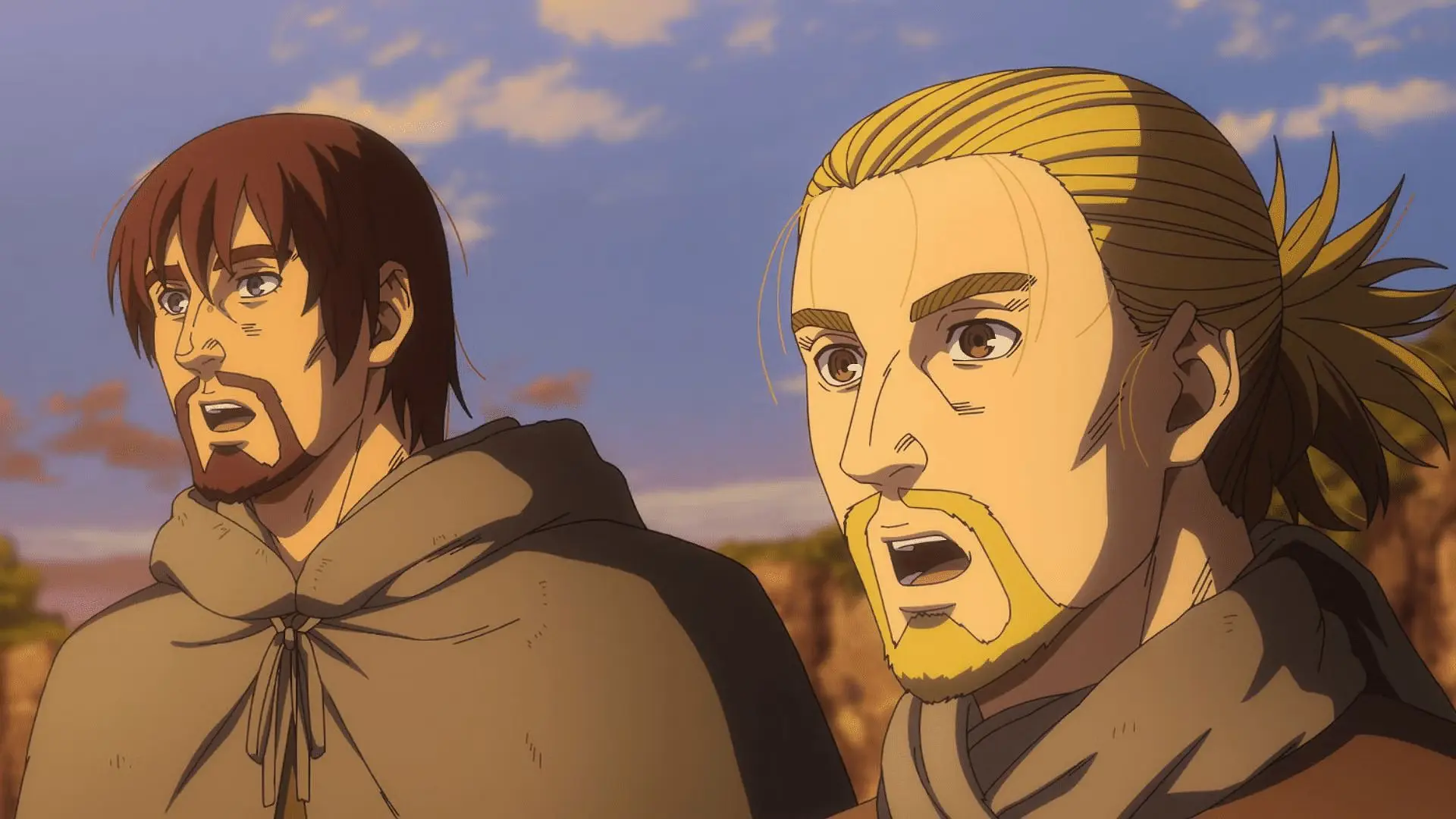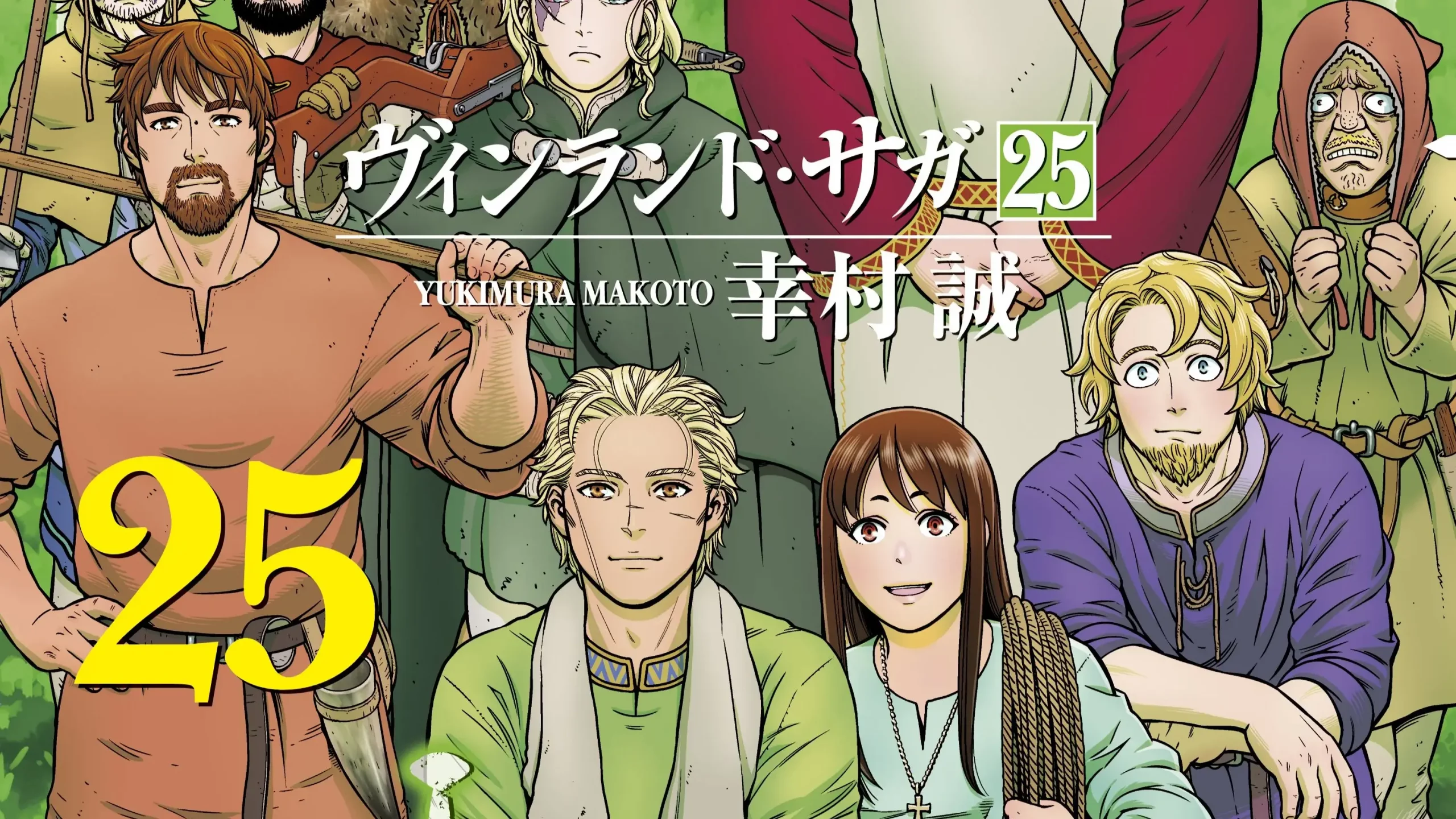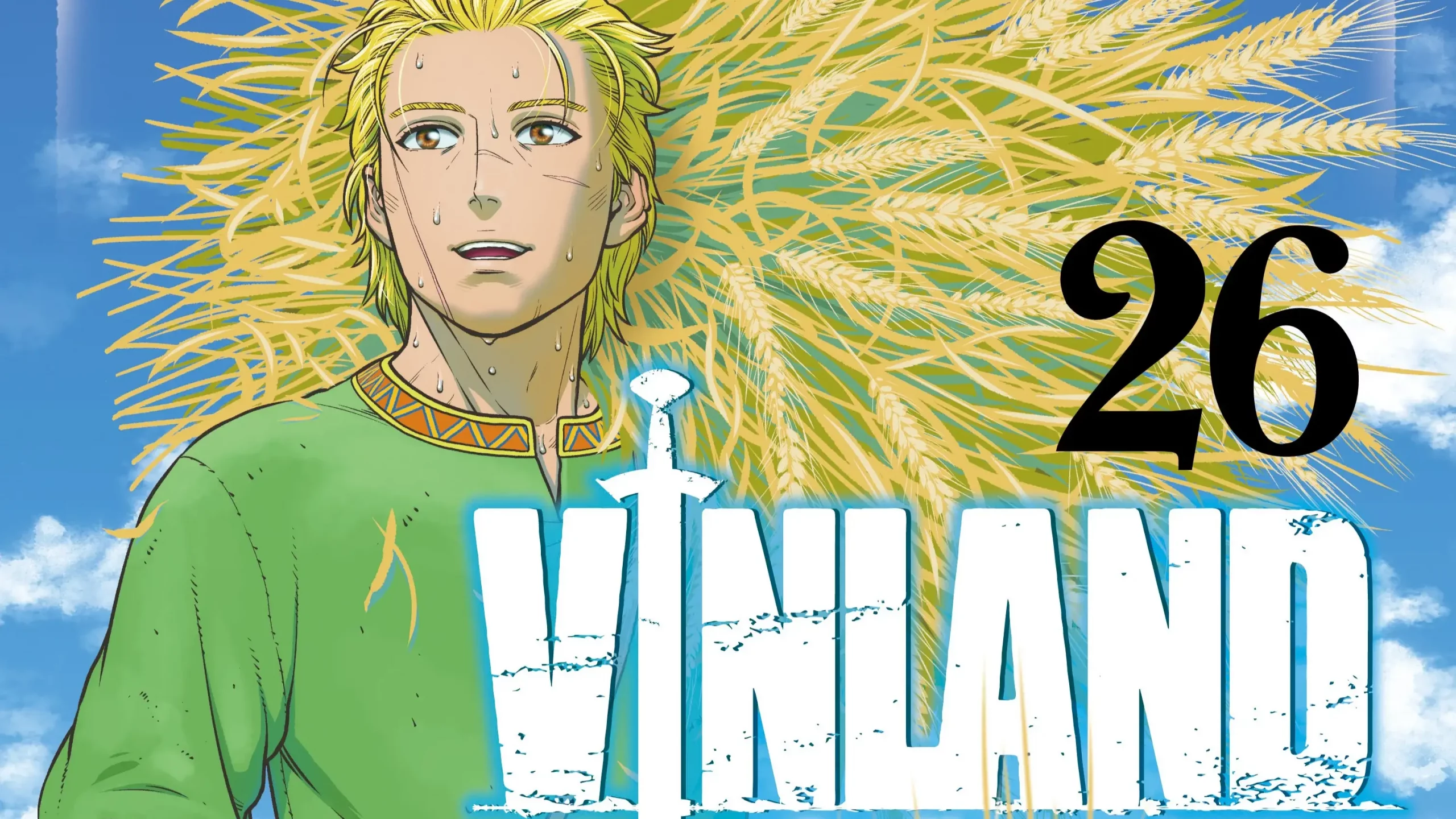Makoto Yukimura recently visited New York City for a Kodansha House event to discuss his monumental series Vinland Saga. A saga spanning nearly two decades, Vinland Saga is widely regarded as one of the greatest anti-war epics of our time.
Its vast narrative covers the rise and fall of Norse empires and the first European exploration of the Americas, all told through the eyes of Thorfinn, an Icelandic young man who dreams of creating a world free from war and slavery. However, his journey to this ideal is anything but peaceful. Thorfinn’s path involves immense violence, followed by his enslavement and eventual loss of everything. Out of this emptiness, he begins to find renewed purpose.
The event included a Q&A session hosted by Joe Pascullo of the New York Public Library. The discussion delved deeply into Yukimura’s inspirations for Thorfinn and his plans after concluding Vinland Saga. The creator shared his thoughts on Thorfinn’s character, describing the young warrior as reflecting both his own past and the type of person he aspires to be. He explained that Thorfinn’s journey from vengeance to nonviolence mirrors his own personal growth, from a violent, angry youth to someone seeking peace.
Makoto Yukimura Discusses Vinland Saga’s Impact on Peace, Slavery, and Personal Transformation

Yukimura reflected on the initial resistance he faced from his editors when he proposed that Thorfinn would eventually let go of his thirst for vengeance. They were skeptical of his plan, suggesting that it might spell the end of the series. Despite their doubts, Yukimura remained steadfast in his vision, leading Thorfinn on a path of personal transformation. Over time, readers and editors alike began to accept and understand this shift in the character’s development. Yukimura expressed his gratitude that audiences were able to appreciate his vision for Thorfinn’s growth.
In an interview with Anime Feminist, Yukimura expanded on the influence of Buddhist philosophy in his work, particularly the theme of self-transformation through emptiness. Thorfinn’s journey of losing his ideals and finding new purpose is closely tied to the Buddhist concept of kuu (emptiness), reflecting a deeper process of awakening to real life. Yukimura explained that the concept of emptiness allowed Thorfinn to grow beyond his initial motivations, symbolizing his transition from violence to a more peaceful, compassionate outlook on life.
Regarding the female characters in Vinland Saga, Yukimura discussed Arnheid, one of the key women in the story. Arnheid’s role as a slave who suffers at the hands of others serves as a catalyst for Thorfinn’s eventual rejection of war.

Yukimura wanted to create a character who would embody the need for peace and safety in a world ravaged by violence. Arnheid’s portrayal was deeply emotional for Yukimura, who admitted that he had to rely heavily on his imagination to represent the suffering of enslaved women. His goal was to ensure that the portrayal of her life was both realistic and compelling.
In addition, Yukimura addressed the depiction of slavery in Vinland Saga, particularly through characters like Ketil, Olmar, and Thorgil. The violence inflicted upon Arnheid by Ketil, whom readers may initially see as a “good slave owner,” is a key moment in the narrative, shattering any illusions about his character. Yukimura described this as a necessary part of the story, aimed at showing the cruelty of the system and the ignorance of those who perpetuate it.
Finally, Yukimura reflected on the contemporary relevance of Vinland Saga. When he began the series nearly 20 years ago, the world seemed much more peaceful. Yet, as the world has changed and conflicts have escalated, Yukimura feels that his work’s message about the horrors of war and the importance of compassion is more relevant than ever. He expressed hope that readers today would find the series’ call for peace even more meaningful in the present world.





